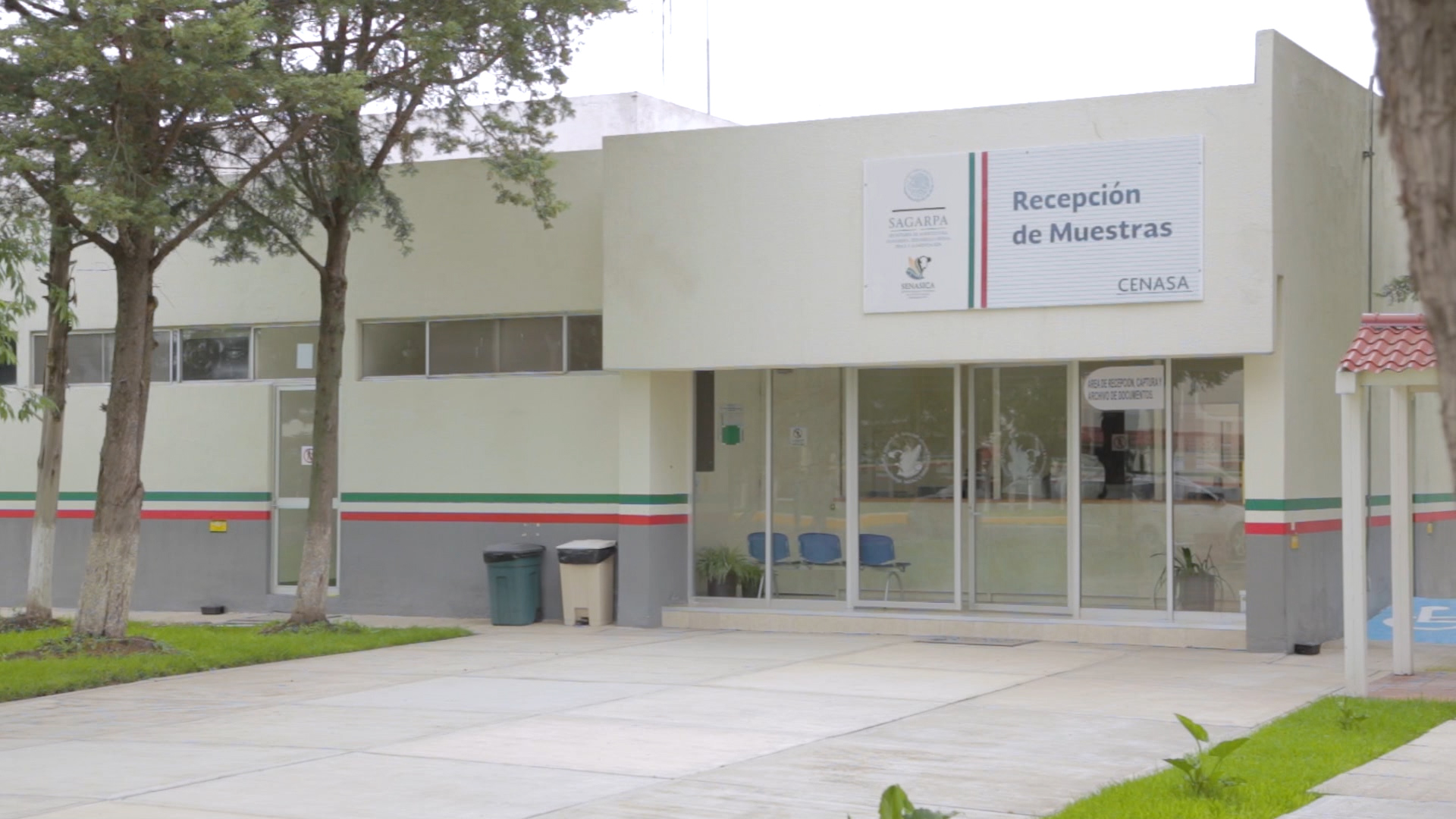On World Rabies Day we interviewed the National Centre for Animal Health Diagnostic Services (CENASA) in Mexico, one of our WOAH Reference Laboratories.
All mammals are susceptible to rabies virus infection. Since infected animals do not show specific lesions or clinical signs indicative of such infection, laboratory diagnosis is essential. Laboratory confirmation allows the necessary control measures to be taken in livestock, domestic and wild animals to prevent human deaths.
The identification of the agent is carried out in the laboratory of the National Centre for Animal Health Diagnostic Services (CENASA) using diagnostic tests that have been standardised worldwide.
CENASA annually processes more than 1000 samples from all over the country, both from livestock species such as cattle, horses, goats, sheep, and pigs, as well as from wild species. Samples from domestic carnivores (dogs and cats) are also processed.
In addition, it organises annual inter-laboratory tests to ensure equivalence of results between laboratories in the Americas. It also participates in scientific meetings on behalf of WOAH and coordinates and participates in scientific and technical studies with laboratories, centres or academic institutions.
As WOAH reference laboratory for rabies, CENASA develops and distributes reference material used for the diagnosis and control of the disease according to WOAH international recommendations.
New diagnostic and control methods for rabies are also developed, standardised, and validated in collaboration with other governmental and academic institutions.
CENASA offers diagnostic services and provides scientific and technical advice to other countries on rabies control measures and making its rabies expert available to solve requests from the World Health Organization (WHO) on rabies topics as well as attend RABLAB meetings. Its facilities are also used for national and international theoretical and practical courses.
CENASA has the capacity, availability, and willingness to provide scientific and technical services at national and international level. Mexico’s scientific and technical leadership in the control of rabies, both canine and in its bovine paralytic clinical presentation, is internationally recognised.
In 2014, CENASA applied for recognition as a WOAH Reference Laboratory for Rabies. Given its geographical relevance in a region where bovine paralytic rabies transmitted by the vampire bat exists, CENASA is perfectly qualified for this designation.
For CENASA, it is an important commitment to WOAH to carry out diagnostics in a timely and reliable manner, maintaining international quality standards, with the objective of exploring all rabies-related problems in a comprehensive and harmonious manner with all countries.
It also represents a commitment to keep abreast of technical advances and innovations and epidemiological changes that this zoonosis may present at national and international level.
For CENASA, being a reference laboratory also means the opportunity to belong to and have direct, first-hand access to a worldwide group of experts with whom we can share experiences, collaborate on research projects, discuss successes and failures, find differences and coincidences, as well as offer and receive technical, infrastructural, and eventually financial support in rabies control.
Being a reference laboratory also offers the opportunity to have greater communication and representativeness and to be able to support countries which do not have a national reference laboratory.
CENASA develops and distributes proficiency tests for the detection of rabies virus by direct immunofluorescence assay, in collaboration with laboratories in the countries of the Americas. In this way, we collaborate in maintaining the standardisation and harmonisation of rabies diagnostics, to evaluate performance, identify potential problems within the laboratories and initiate actions for improvement. These activities comply with ISO 17043 for Proficiency Testing Providers.
The interaction of the laboratories in this network is vital for the support of rabies virus surveillance through the creation of strong cooperative partnerships and information sharing.
The network enables expanded access to high quality diagnostic services to improve diagnostic and epidemiological surveillance capacities at the national level and between countries. Always with the aim of supporting WOAH and the tripartite alliance in the global fight against rabies.
Routine characterisation of rabies cases is the basis for ensuring the absence of the canine variant in countries where dog-mediated rabies in humans has been eliminated. This species is the reservoir for urban rabies but can act as a vector for variants from other reservoirs, such as skunks, foxes, bats, raccoons and others.
Rabies virus variants can be differentiated antigenically by monoclonal antibodies or molecularly by sequencing. The network would allow the certification of countries and regions free of these different variants, starting with canine rabies.
